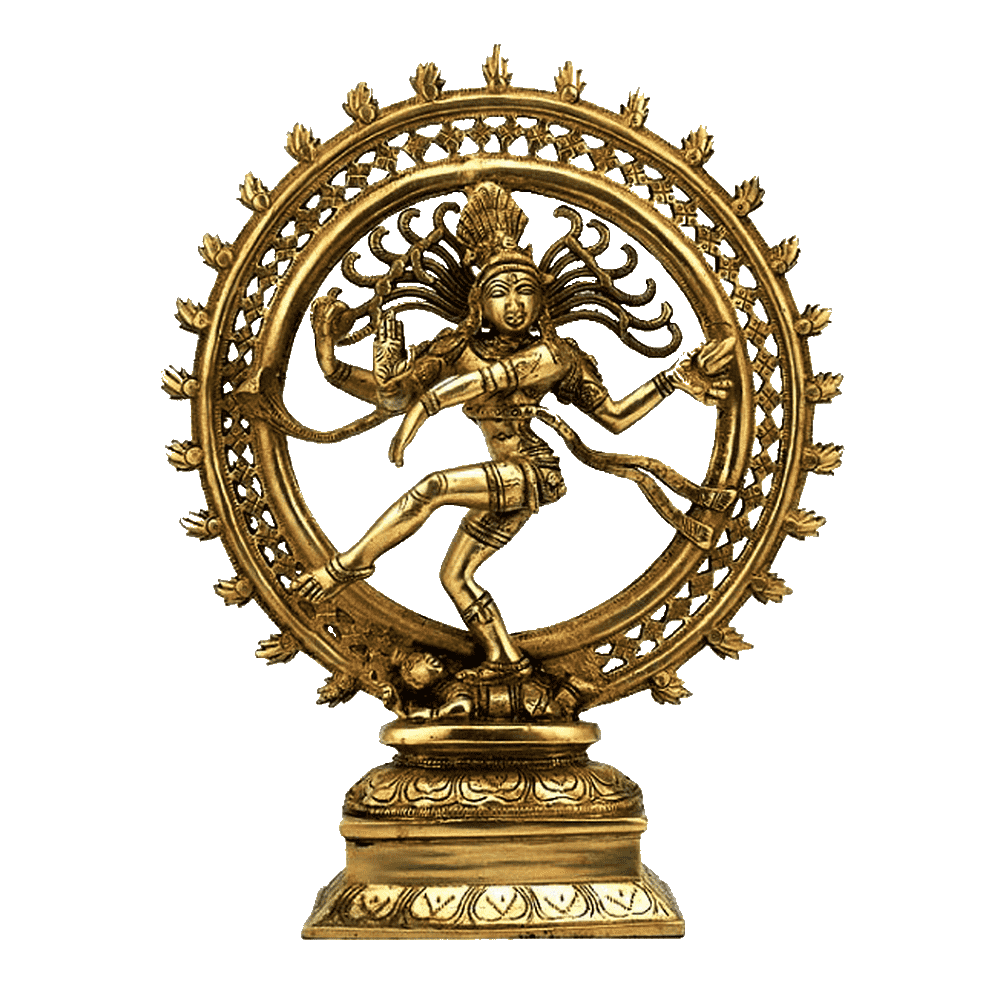
Ganapatya Tantras
Unraveling the Sacred Traditions of Worshiping Lord Ganesha
Abstract:
Ganapatya Tantras form a distinctive branch of the Tantric tradition within Hinduism, devoted to the worship of Lord Ganesha. This article delves into the origins and context of Ganapatya Tantras, highlighting key themes and teachings found in texts like Ganesha Purana and Ganapati Atharvasirsha. The enduring significance of Ganapatya Tantras in contemporary spiritual practices and their unique role in Hindu worship is also explored.
Introduction:
Ganapatya Tantras represent a rich and unique tapestry of spiritual practices that center on the worship of Lord Ganesha, the beloved elephant-headed deity revered as the remover of obstacles and the embodiment of wisdom. In this article, we delve into the essence of Ganapatya Tantras, their origins, and their profound significance in Hindu religious and devotional life.
Origins and Context:
Ganapatya Tantras emerged as a distinct devotional tradition within Hinduism, primarily dedicated to the veneration of Lord Ganesha. The worship of Ganesha has a deep-rooted history in Hindu religious practices, dating back to ancient times. However, it was in later centuries that Ganapatya Tantras took shape as a sacred and esoteric path of devotion to the deity.
The Ganapatya tradition gained prominence during the Gupta period (4th to 6th century CE) and continued to flourish in subsequent centuries. Devotees of Lord Ganesha sought to establish a unique identity and spiritual path centered on their beloved deity, distinct from other major sects within Hinduism.
Key Themes and Teachings:
Ganapatya Tantras encompass a range of key themes and teachings, which provide a comprehensive framework for devotees:
Ganeshopasana:
The primary focus of Ganapatya Tantras lies in the upasana (worship) of Lord Ganesha. Devotees engage in elaborate rituals, prayers, and offerings to invoke Ganesha’s blessings for success, wisdom, and the removal of obstacles.
Iconography and Symbolism:
The Tantras delve into the symbolism and iconography of Lord Ganesha, emphasizing his unique attributes, such as the elephant head, potbelly, and broken tusk. These attributes hold deeper spiritual meanings and convey profound philosophical concepts.
Mantras and Chants:
Ganapatya Tantras emphasize the power of sacred mantras and chants dedicated to Lord Ganesha. The Ganapati Atharvasirsha, a sacred hymn from the Atharvaveda, is particularly significant in the tradition, and its recitation is believed to bestow spiritual blessings.
Enduring Significance:
Ganapatya Tantras hold enduring significance in contemporary Hindu religious practices, especially among devotees who seek Ganesha’s blessings for success, wisdom, and obstacle removal. Lord Ganesha’s worship is an integral part of major Hindu festivals, ceremonies, and auspicious occasions, making Ganapatya Tantras an essential aspect of Hindu religious life.
The Ganapatya tradition continues to thrive in various parts of India, and temples dedicated to Lord Ganesha attract numerous pilgrims and devotees seeking his divine grace. The unique worship practices, mantras, and iconography associated with Ganapatya Tantras contribute to the richness and diversity of Hindu religious expression.
Conclusion:
Ganapatya Tantras represent a sacred and distinct path of devotion and worship, centered on Lord Ganesha, the benevolent remover of obstacles. These mystical texts and practices offer devotees a profound spiritual connection with the deity, instilling faith, wisdom, and a sense of divine protection. The enduring significance of Ganapatya Tantras lies in their ability to inspire devotion and reverence for Lord Ganesha, enriching the tapestry of Hindu religious and spiritual traditions.
Editor – Kaalchakra Team
[ Note – Before Concluding anything as a Finale, Please Go through Original Scriptures of Vaidik Literature Written in Sanskrit and Also with Meaning of That time of Language. Because English is a Limited language to Explaining the Deeper Knowledge of Vaidik Kaal. ]
